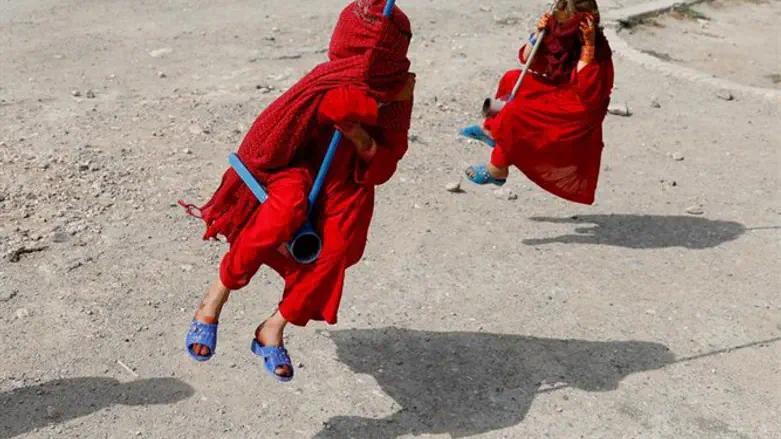
There is a diversity of positions and views among leaders and states on the political rhetoric of the Afghan Taliban. Some see it as “encouraging” and believe that the Taliban of 2021 are different from the Taliban of 2001. Others are waiting for the movement’s words to be translated into concrete actions, in order to repent for its political conduct.
Between the two, there is a section that remains totally skeptical of any change in the Taliban’s approach. They believe that the changes in media discourse that are now apparent to all are just a public relations stunt that the movement has learned over the past few years, and that it is engaged in a process of political and media marketing of positions that are completely different from its intellectual and ideological beliefs.
Analysis of a real change in the Taliban’s approach and ideological beliefs becomes necessary to judge their political discourse. Here, several points can be explored. First, the Taliban is not the version that ruled Afghanistan from 1996 to 2001, either in terms of personalities or in terms of understanding and awareness of international relations.
Second, there is no denying the experiences the movement has gained from the experiences of the past two decades. This is reflected in its current behavior, marked by projects aimed at changing the dominant mental image of the movement at the regional and global level.
All the actions and elements of the movement since its return to the forefront seem carefully crafted and selected. The goal is to correct this mental image, even using videos that seem laughable and ironic, such as those taken of some elements of the movement in gyms, amusement parks or enjoying ice cream.
But the point is to instill a new image of a movement moving toward modernization. The question here is to what extent the mental image promoted by the Taliban corresponds to the truth. The answer is simply that it is a systematic publicity stunt that may have nothing to do with reality.
Rather, they are attempts to reassure the world of the movement’s intentions so that it can wrest international recognition of its power and impose a new geopolitical reality on Afghanistan and the region, without having anything to do with the movement’s radical ideological vision.
The second point concerns the possibility of a change in the movement’s attitude toward specific controversial issues such as the system of government, the perception of women, and the relationship with extremist organizations. Objectivity demands that an analysis of the movement’s overall political discourse on these particular issues may indicate tactical changes.
But it does not really indicate strategic or radical changes. The regime the movement intends to establish replicates the essence of its former regime (the Islamic Emirate) with some changes to improve its overall image, such as the inclusion of some Taliban-accepted political leaders in the planned government.
But it doesn’t deny that the movement is moving towards establishing a religious (theocratic) system similar to that of the mullahs in Iran, with all the possible implications for radical religious movements and organizations in the region and the world.
Another point about the extent to which the Taliban’s ideology and approach has changed concerns the movement’s hardline religious vision, its leaders and its elements. This vision is the source of his legitimacy in the eyes of his supporters inside Afghanistan.
It is therefore somewhat difficult to foresee the possibility of significant changes in this vision that could dismay Taliban supporters and cost the movement its legitimacy. Thus, there is no choice for the Taliban but to attempt to circumvent the obstacles to achieve their primary political goal.
One can specifically mention here the issue of women’s rights. The Taliban claim that they adhere to these rights “within the framework of Islamic provisions and Afghan traditions.” Here, there is nothing new.
The provisions of sharia law have not changed. It was not the reason for the violation of these rights in the former Taliban regime. Rather, it was the interpretation of Sharia provisions, and the strict application of Afghan traditions.
This is where the point of contention lies. The knot is not in the texts, but in its interpretation. The ultraconservative movement still tends to introduce the most hermetic community practices in terms of women’s rights - and the rest can be inferred from there..
Dr.Salem AlKetbi is a UAE political analyst and former Federal National Council candidate.